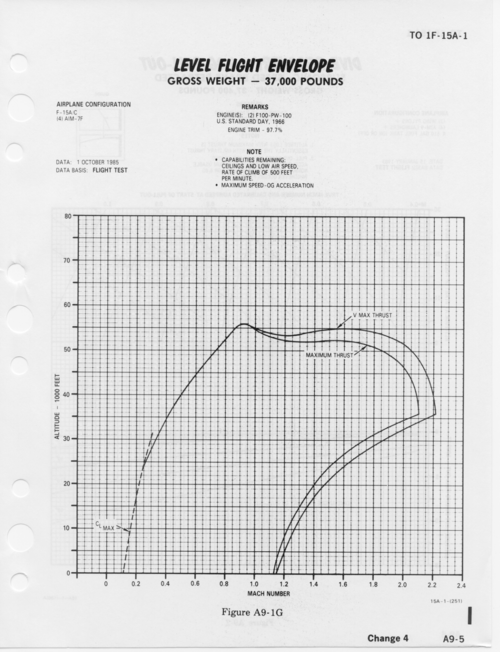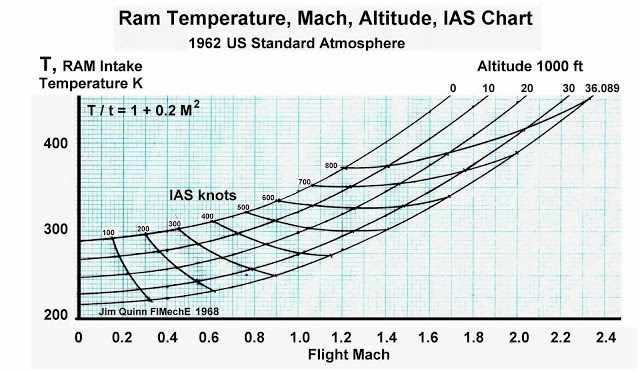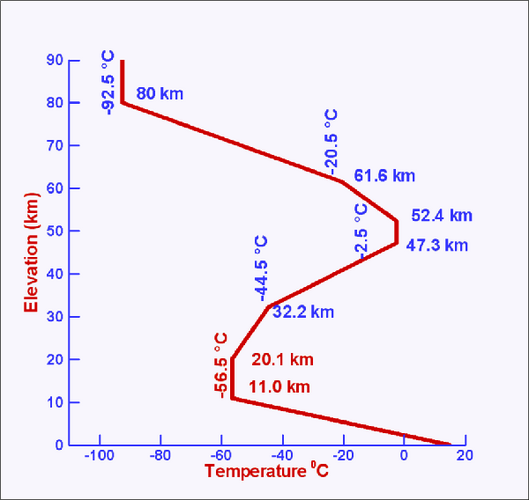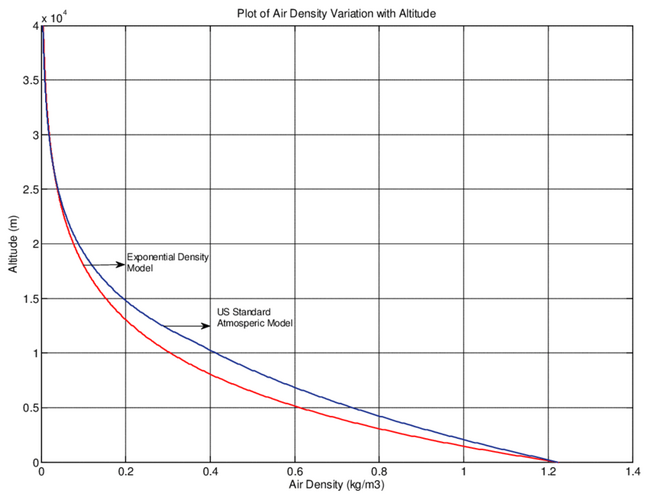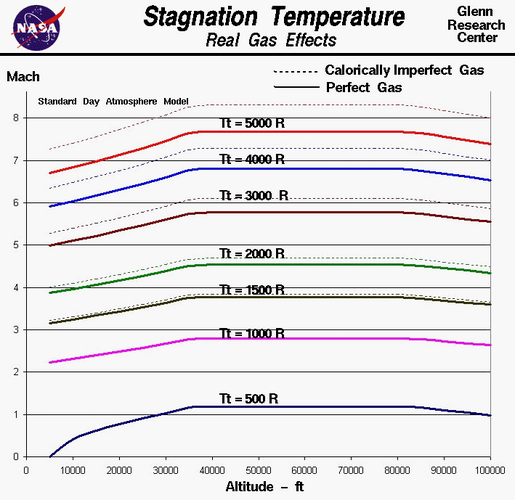siegecrossbow
I really should change my personal text
- Joined
- 12 March 2012
- Messages
- 707
- Reaction score
- 2,106
Or unless one wants/needs to intercept 'very fast things' other then supersonic bombers, or when time is extremely critical.
I don’t see the operational need to operate above Mach 2 unless you need to intercept supersonic bombers. That said, could fourth gen fighters even hit Mach 2 with standard weapon load out?
Or to add just a little bit more launch-velocity or range to a missile-shot in some circumstances.
Or to get away from something extremely fast.
But in most operational circumstances Mach 1.5 to Mach 2 will do fine.
I think F-15 is capable of Mach 2 with up to 4 AAMs beneath it´s fuselage.
MiG-31 probably too?
Mig-31 is a dedicated interceptor optimized for high speed performance.
Do you happen to have a link for F-15? Also, are the missiles short range or medium range like AMRAAM?

